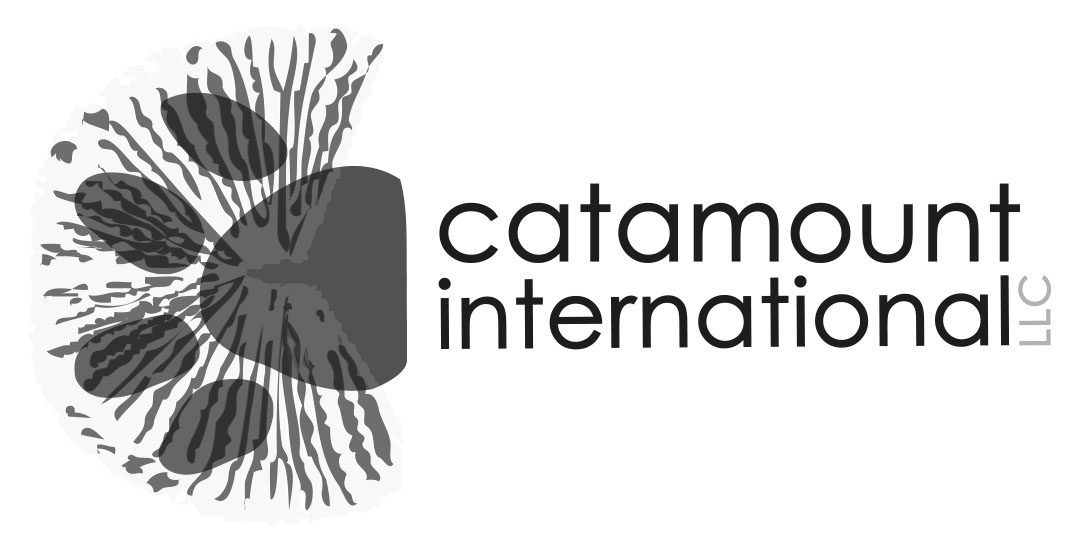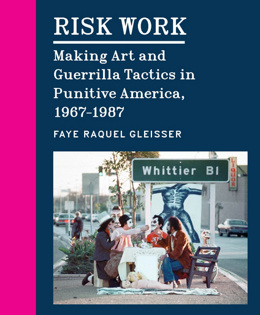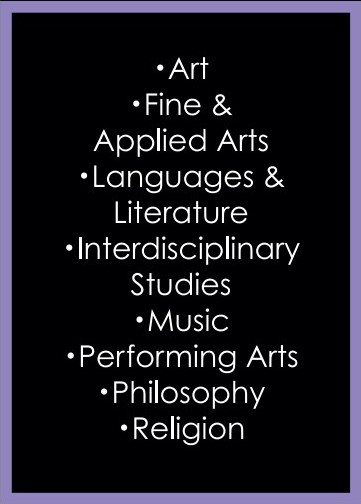Risk Work
Breve descripción (SPA)
Mientras las noticias estadounidenses cubrían la resistencia anticolonialista en el extranjero y las rebeliones urbanas en el país, y mientras los políticos movilizaban la amenaza percibida de una “guerra de guerrillas” para justificar una mayor presencia policial en todo el país, los artistas de todo el país comenzaron a adoptar tácticas de guerrilla en el arte conceptual y escénico. Risk Work cuenta la historia de cómo la experimentación de los artistas con la interferencia física y psicológica desde finales de los años 1960 hasta finales de los 1980 revela la relación compleja y duradera entre el arte contemporáneo, el poder estatal y la policía.
Breve descrição (POR)
À medida que as notícias americanas cobriam a resistência anticolonial no estrangeiro e as rebeliões urbanas no país, e à medida que os políticos mobilizavam a suposta ameaça de uma “guerra de guerrilha” para justificar o aumento da presença policial em todo o país, os artistas de todo o país começaram a adoptar tácticas de guerrilha em termos conceptuais e arte performática. Risk Work conta a história de como a experimentação dos artistas com interferência física e psicológica desde o final dos anos 1960 até o final dos anos 1980 revela a relação complexa e duradoura entre a arte contemporânea, o poder do Estado e a polícia.
Full description (ENG)
How artists in the US starting in the 1960s came to use guerrilla tactics in performance and conceptual art, maneuvering policing, racism, and surveillance.
As US news covered anticolonialist resistance abroad and urban rebellions at home, and as politicians mobilized the perceived threat of “guerrilla warfare” to justify increased police presence nationwide, artists across the country began adopting guerrilla tactics in performance and conceptual art. Risk Work tells the story of how artists’ experimentation with physical and psychological interference from the late 1960s through the late 1980s reveals the complex and enduring relationship between contemporary art, state power, and policing.
Focusing on instances of arrest or potential arrest in art by Chris Burden, Adrian Piper, Jean Toche, Tehching Hsieh, Pope.L, the Guerrilla Girls, Asco, and PESTS, Faye Raquel Gleisser analyzes the gendered, sexualized, and racial politics of risk-taking that are overlooked in prevailing, white-centered narratives of American art. Drawing on art history and sociology as well as performance, prison, and Black studies, Gleisser argues that artists’ anticipation of state-sanctioned violence invokes the concept of “punitive literacy,” a collectively formed understanding of how to protect oneself and others in a carceral society.
Arts & Humanities
otras áreas de / interés...
other areas of / interest...
outras áreas de interesse...
¿Buscas un título en un área específica?
Looking for books in a specific area?
¿Procurando livros em uma área específica?














